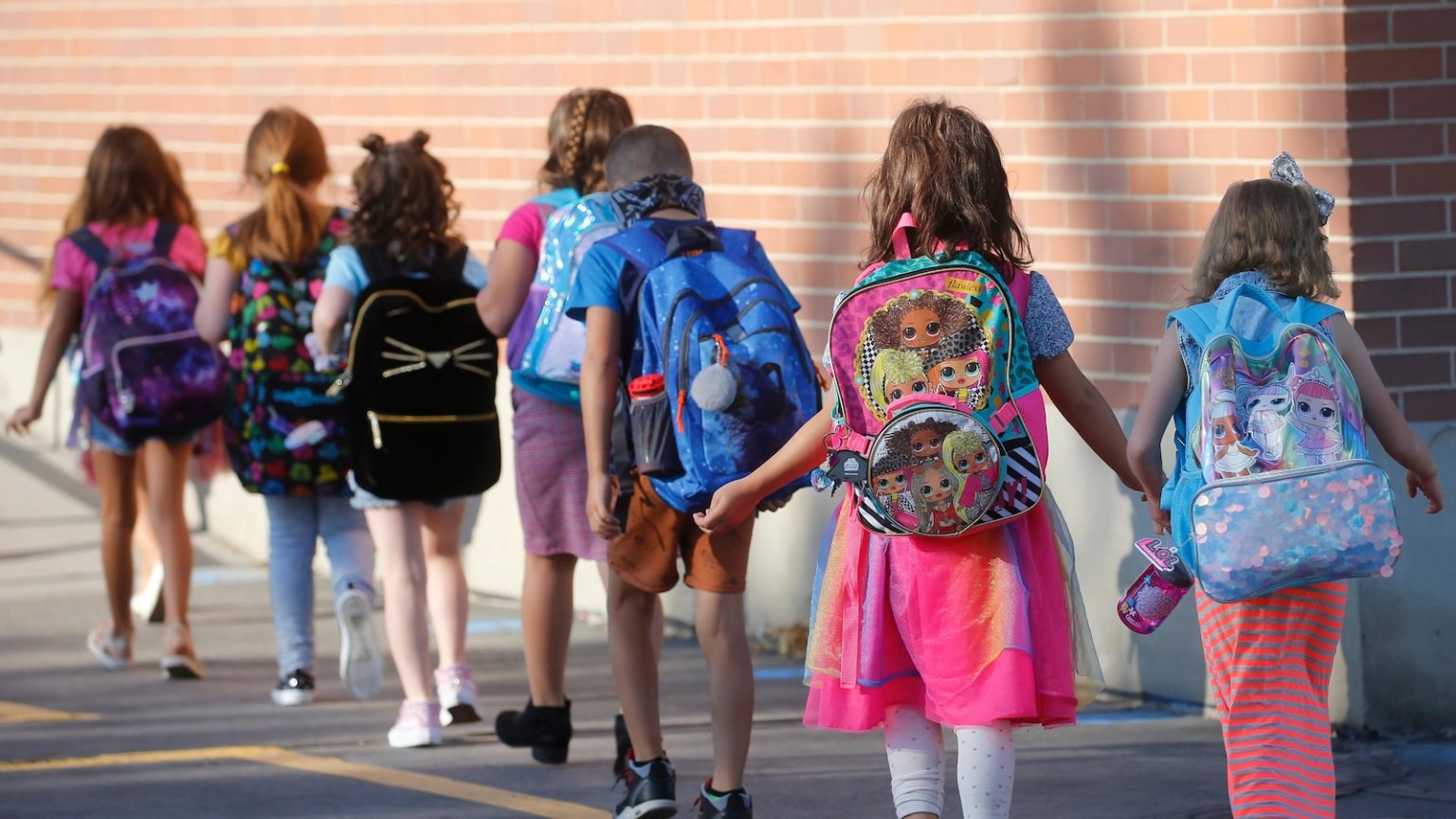Introduction: A New Era in Firearm Education
Utah has taken a significant step towards integrating firearm safety into its educational curriculum, marking a new chapter in how schools approach gun education. A bill recently passed by the state House with a 59-10 vote proposes mandatory firearm safety lessons for students from kindergarten through 12th grade. While the legislation has garnered support for its proactive approach to preventing accidental shootings, it has also sparked debate among gun violence prevention advocates. As the bill moves to the Senate, it raises crucial questions about the role of schools in gun safety education and the responsibility that comes with it.
The Proposal: Shaping Young Minds
The proposed bill outlines a structured approach to teaching firearm safety, with lessons tailored to different age groups. Starting from kindergarten, students would learn basic safety rules, such as not touching guns and alerting adults when they encounter one. As they progress through elementary school, the curriculum would expand to include safe handling and storage practices. Proponents argue that these lessons are vital for children who may not receive such education at home, particularly in households without firearms. Republican Representative Rex Shipp emphasizes that the curriculum is designed to be age-appropriate, ensuring that young students grasp the fundamentals without being overwhelmed.
Opposition: Shifting the Burden
Despite the bill’s intentions, critics argue that it places an undue burden on children, transferring the responsibility of gun safety from adults to young students. Barbara Gentry of the Gun Violence Prevention Center of Utah asserts that the focus should remain on adults, as they are ultimately responsible for gun ownership and storage. She suggests that schools could instead distribute educational materials to parents, reinforcing the importance of safe gun practices at home. This perspective highlights the tension between proactive education for children and the need for accountability among adults.
Other States: Learning from Examples
Utah’s proposal isn’t without precedent. Tennessee has a similar law that allows schools to decide when to introduce firearm safety education, though their approach differs by leaving the timing to educators. Utah’s bill, however, mandates annual lessons starting next school year, making it a more structured initiative. While Tennessee’s flexibility allows for localized decisions, Utah’s approach ensures consistency across the state, aiming to equip all students with essential safety knowledge.
Existing vs. New Law: A Shift in Mandate
Currently, Utah schools have the option to include firearm safety in their curriculum, but the new bill makes it mandatory. Parents retain the right to opt their children out, respecting diverse family values. This shift from optional to mandatory reflects a growing recognition of the need for standardized gun safety education. The bill addresses a gap identified by Representative Shipp, who notes that many teachers currently do not provide such instruction despite the existing statute.
Conclusion: The Broader Debate
The debate over Utah’s firearm education bill underscores a larger societal question: where does the responsibility for gun safety lie? Proponents argue that arming children with knowledge can prevent tragedies, while opponents emphasize that the burden of responsibility should fall squarely on adults. As the bill progresses, it invites a broader conversation about the role of education in gun safety and the need for comprehensive strategies that engage both children and adults. Ultimately, the outcome will reflect Utah’s commitment to addressing gun violence through education, setting a precedent for other states to consider.















